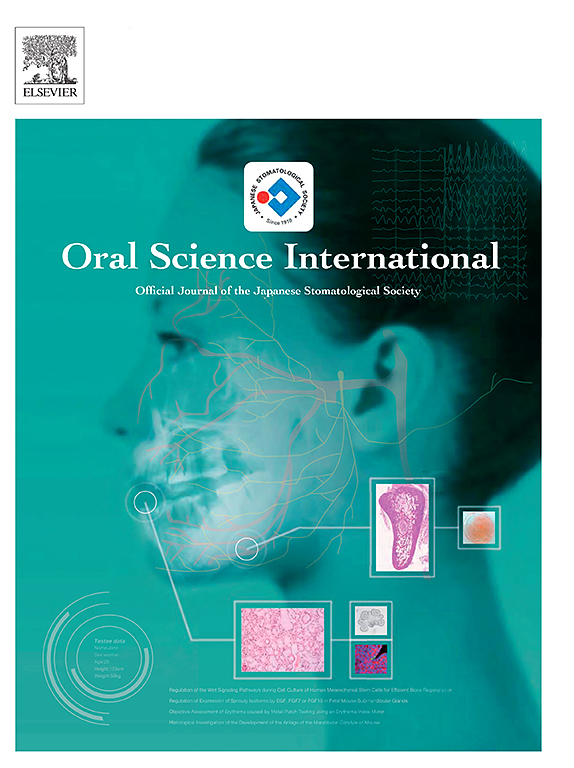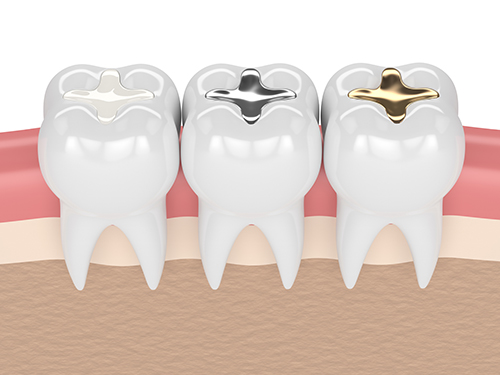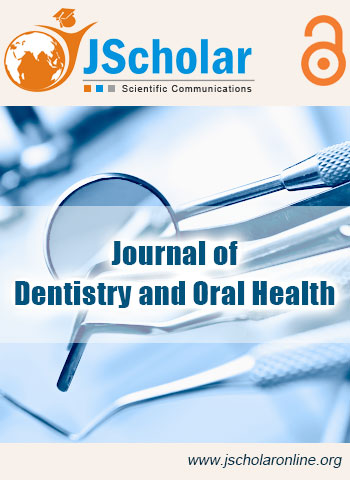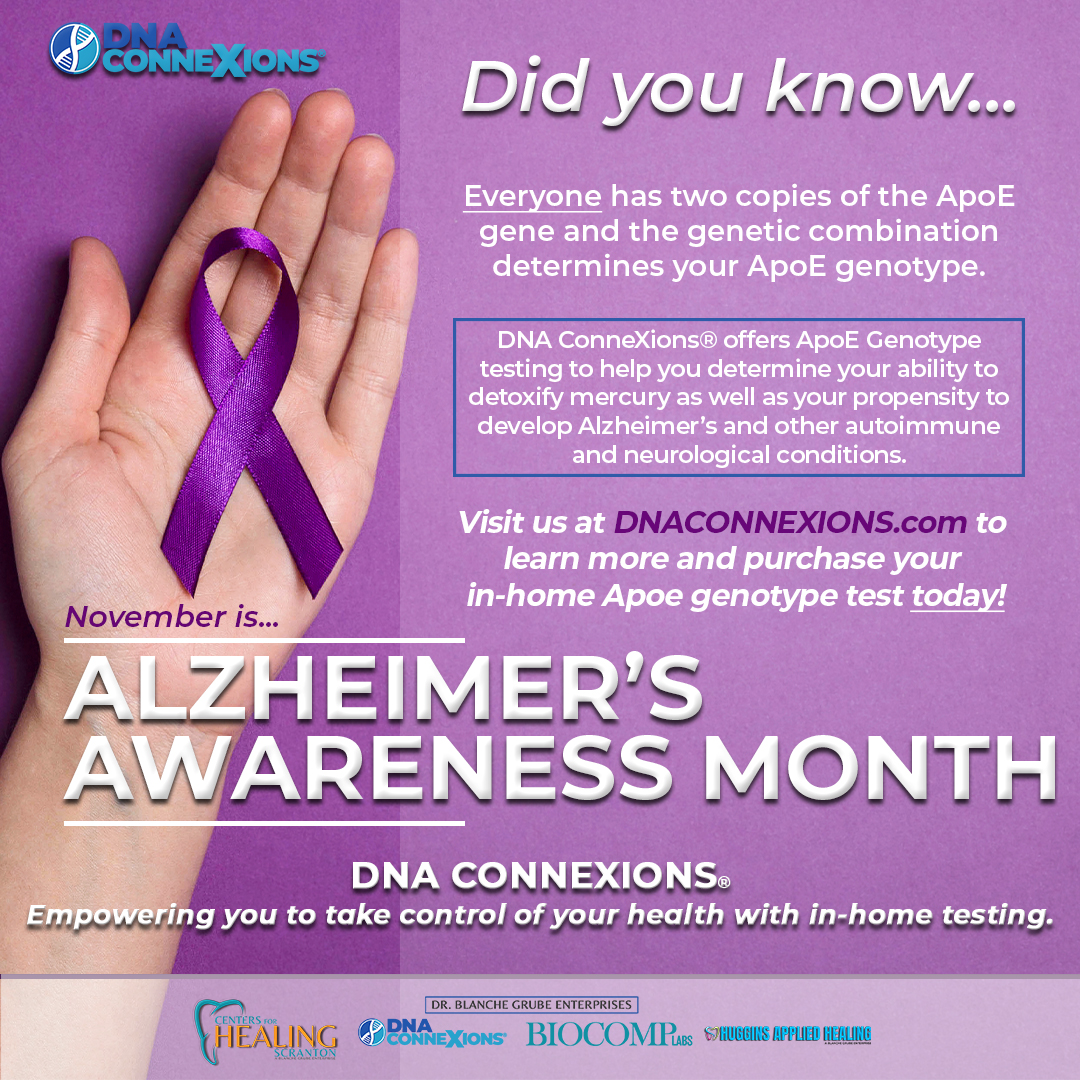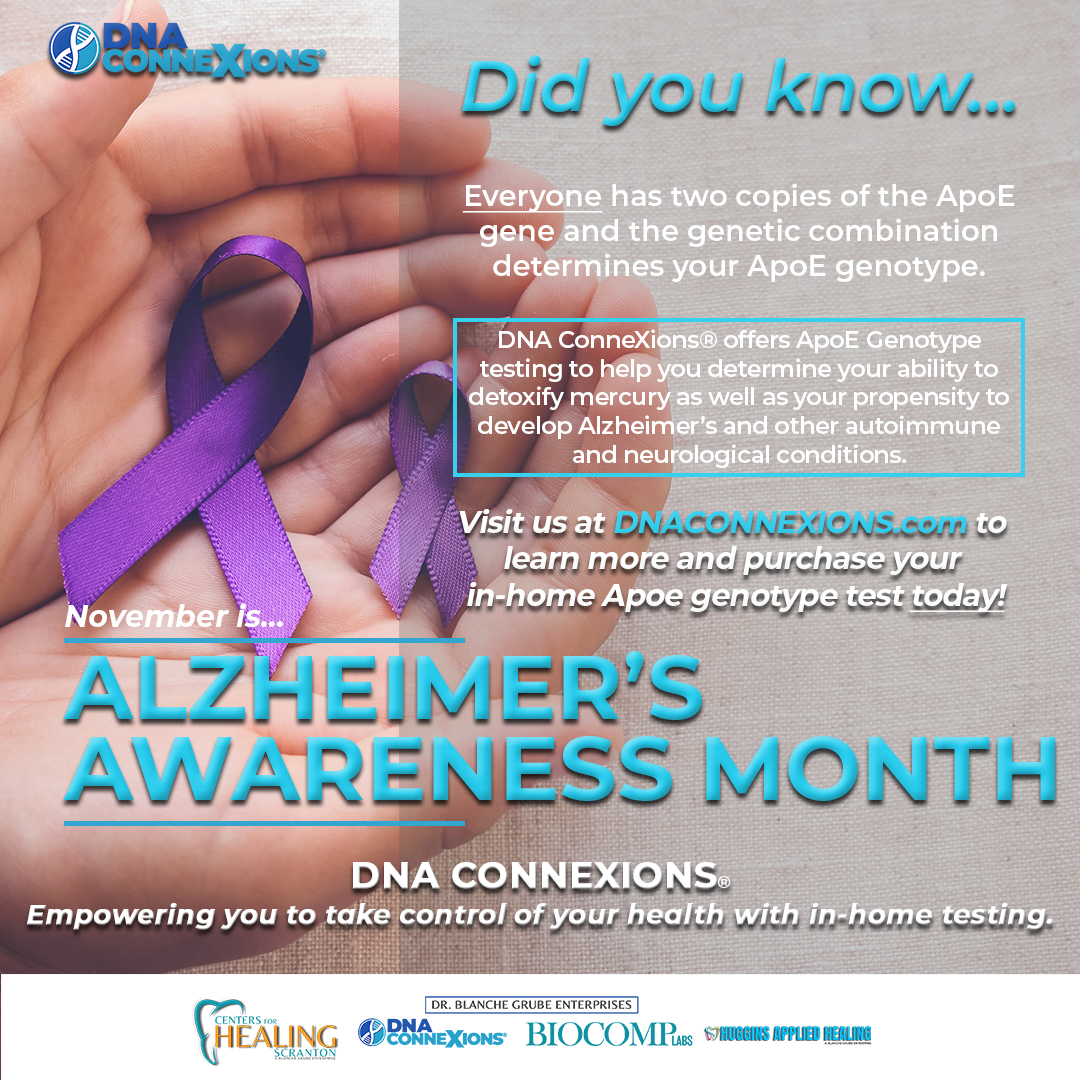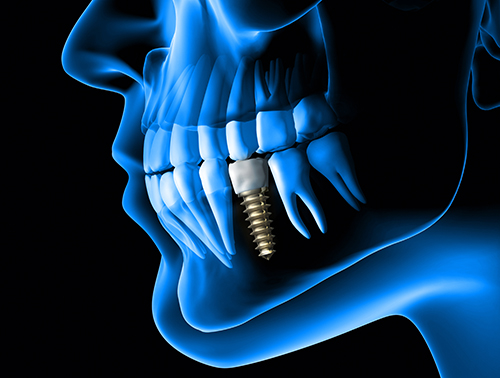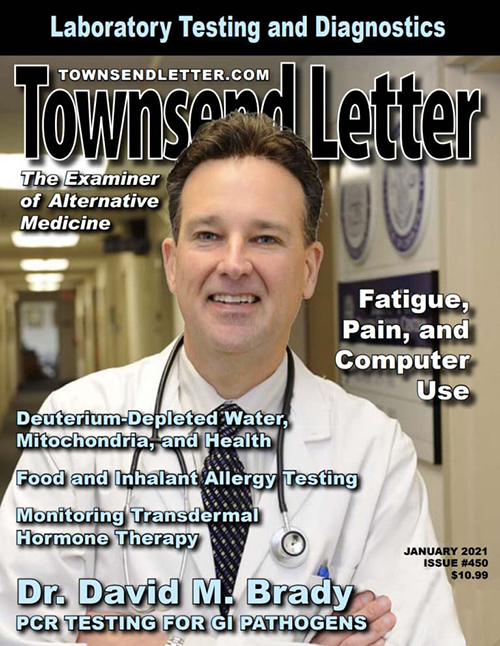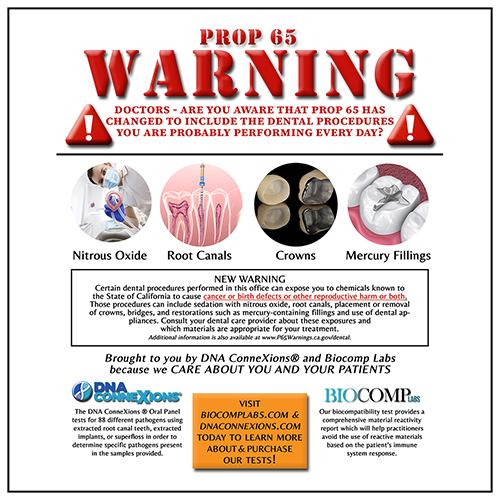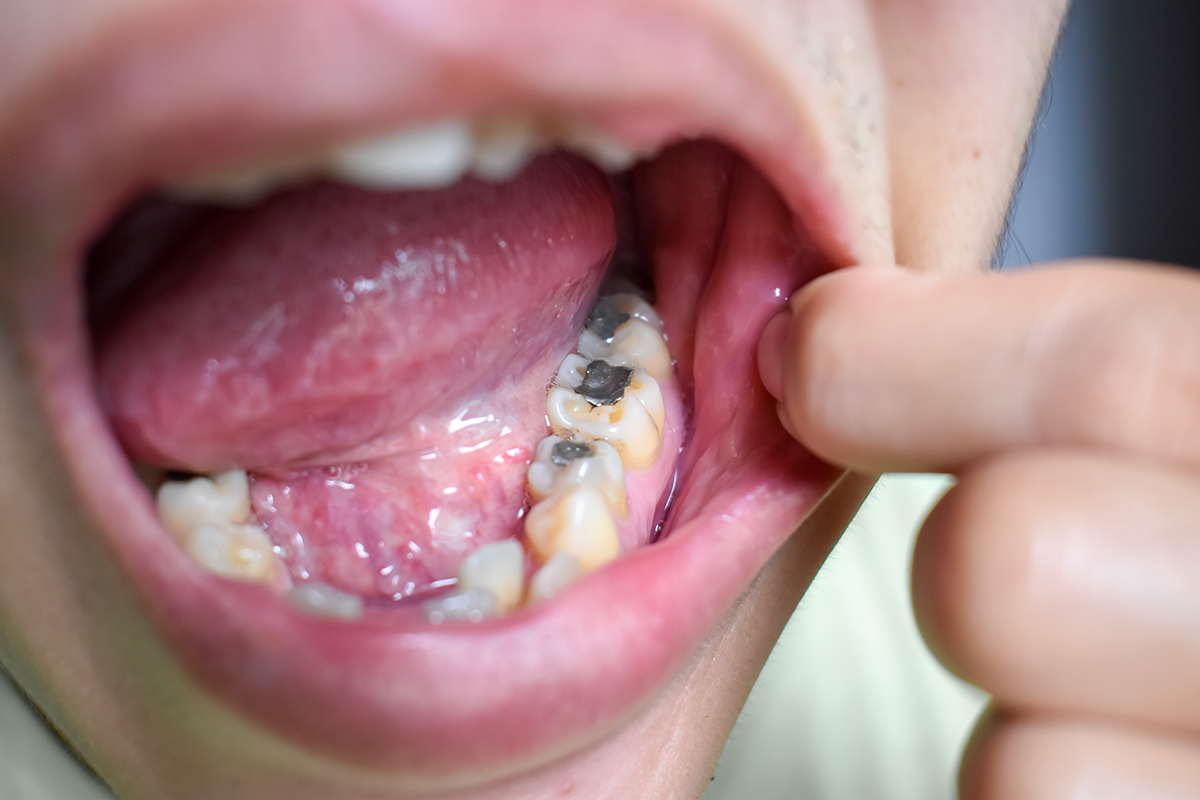
Perhaps your root canal is the root cause of your health problems.
Have you ever gone to a dentist for a scheduled cleaning and the dentist says, “I’ve got bad news, you need a root canal!” Your first thoughts might be, I don’t see anything wrong, and I don’t feel any pain, why would I need that? The dentist tells you they saw something suspicious on the X-ray and it would be better to do it now, rather than later when it can possibly become worse. Like a good dental patient, you don’t question the expert and you give permission to have the root canal performed.
What the dentist doesn’t tell you is the following:
- Once the root canal procedure is performed – the tooth is now dead.
- The dental profession is the only profession that supports saving what are really just “DEAD” teeth, filled with necrotic (DEAD) tissue
- Weston A. Price (1920’s) a brilliant research pioneer was against root canal treatments – his impeccable work proved the dangers of root canals over a hundred years ago
- Boyd Haley studied extracted root canal teeth and like Price, found they were all toxic
- While the main nerve of the tooth can be removed, there are literally thousands of lateral nerves and canals, like tree branches, that if not removed, bacteria can infect the lateral canals and contaminate the tooth.
- Obvious root canal failures are due to procedural errors such as missed canals, root perforations, ledge formation, and broken instruments. The truth is that all root canals procedures fail because it is impossible to sterilize all of the thousands of lateral canals and keep them sterile.
- Root-canal teeth place destructive stress on the body
- Root canal teeth are more brittle and are prone to fracture
- Root canal infections can migrate to other teeth
- Toxic materials are used to fill root canal teeth
- The microbiological problem of an increase in toxins occur within the root canal tooth, which is later released into the rest of the body
- Hal Huggins started Dental DNA Laboratory, now called DNA ConneXions® in order to test pathogens in extracted root canal teeth
Emerging research is linking infections from root canal treated teeth as a risk factor to the following diseases:
- Cardiovascular disease
- Inflammatory bowel disease
- Type 2 diabetes mellitus
- Low-birthweight infants
- Alzheimer’s disease
- Cancer
If it seems that many popular dental procedures may have many negative long-term outcomes, you would be correct. Dr. Hal Huggins knew from decades of clinical research and clinical observation that restoring the mouth as holistically as possible, would be the best solution for the patient’s health. He found that the least invasive procedures performed using the most biocompatible materials, were showing the most remarkable outcomes that benefited the patient. This is why The Huggins-Grube Protocol was developed.
References:
- Mustafa M, et al. Evaluation of the Causes of Failure of Root Canal Treatment among Patients in the City of Al-Kharj, Saudi Arabia. Nigerian Journal of Clinical Practice (2021)- Vol 24 (4): 621-628
- Chauhan N, et al. Clinical Research Association of Apical Periodontitis with Cardiovascular Disease via Noninvasive Assessment of Endothelial Function and Subclinical Atherosclerosis. Journal of Endodontics (2019); 45(6): 681-690
- Poyato-Borrego M, et al. High Prevalence of Apical Periodontitis in Patients With Inflammatory Bowel Disease: An Age- and Gender- matched Case-control Study. Inflammatory Bowel Diseases, February (2020); 26(2): 273–279
- Segura‐Egea JJ, et al. Endodontics and diabetes: association versus causation, International Endodontic Journal, (2019).52 (6) :790-802
- Virtanen E, et al. Apical periodontitis associates with cardiovascular diseases: a cross-sectional study from Sweden. BMC Oral Health (2017) 17, 107.


